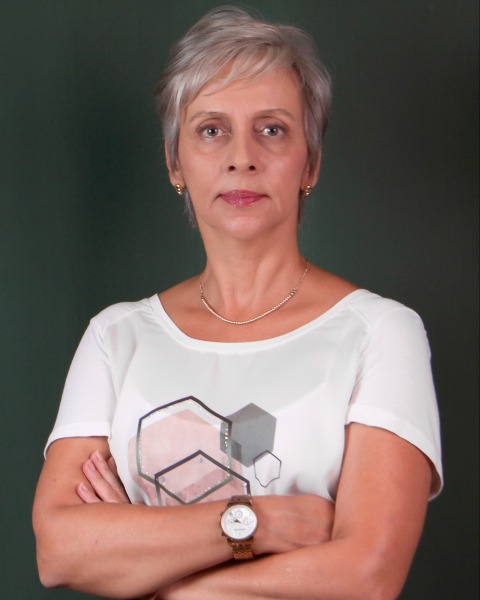Amplification and Assistive Devices (AAD)
PP314 - Hearing Aid Users: What Is the Most Frequent Complaint and What to Do?

Christiane Marques do Couto, PhD (she/her/hers)
Associate Professor
UNICAMP
UNICAMP
Campinas, Sao Paulo, BrazilFinancial Disclosures: I do not have any relevant financial relationships with anything to disclose.
Non-Financial Disclosures: I do not have any relevant non-financial relationships with anything to disclose.
Laura Franco Chiriboga
UNICAMP
Financial Disclosures: I do not have any relevant financial relationships with anything to disclose.
Non-Financial Disclosures: I do not have any relevant non-financial relationships with anything to disclose.
Lead Presenter(s)
Contributor(s)
Summary:
Introduction: The Hearing Aid (HA) fitting process has been widely discussed in recent years by competent institutions, engaged in directing audiologists towards good practices. Given the individuality of each user and the inevitable decrease in the dynamic range in cases of sensorineural hearing loss, the resolution of users' complaints remains complex to be resolved and requires precise and targeted fine tuning.
Purpose: To verify the most frequent complaint of HA users and raise possible fine-tuning.
Method: Cross-sectional, descriptive and quantitative study, carried out in Brazilian Portuguese through the internet with a questionnaire answered by 176 audiologists about the main complaints of users of HA. These complaints were compiled according to their meanings and organized by level of occurrence and later analyzed for possible fine-tuning that would solve them. Approved by the Ethics and Research Committee under number 2,253,925.
Results: the most mentioned complaint was “too loud sound”, being reported 349 times by the participating audiologists. The terms used to represent this complaint were: “som muito forte/alto” (sound too loud) and “aparelho muito forte/alto” (device too loud). To solve this complaint assume that the HA amplification must be exceeding the user's discomfort thresholds, which normally have a reduced dynamic area due to hearing loss. Fine adjustments made to resolve complaints should be carried out in line with electroacoustic fitting verification measures. The fine-tuning recommendations, in hierarchical order of performance, were: understanding which sound input level the user is referring to, and, therefore, the gain decrease should be performed at the reported intensity; adjustment of the device's maximum output, when the adjustment is exceeding the discomfort thresholds and/or the output compression systems are not being effective; enabling volume control for the user; and assess the need to change the prescriptive rule with a focus on more compressed prescriptive rules. Guiding and advising the user on the new way of receiving sounds was also suggested as a way to resolve the complaint.
Conclusion: the appearance of the most frequent complaint of HA users as “too loud sound” seems to indicate that the loudness compensation that theoretically could be done by the non-linear amplification of HA is not easily achieved and that, many times, it becomes a problem. dissatisfaction factor in the use of the device.
Learning Objectives:
- apply the possibilities of fine adjustments in order to solve the most frequent complaint of Hearing Aid users, as well as expand knowledge about the process auditory rehabilitation
